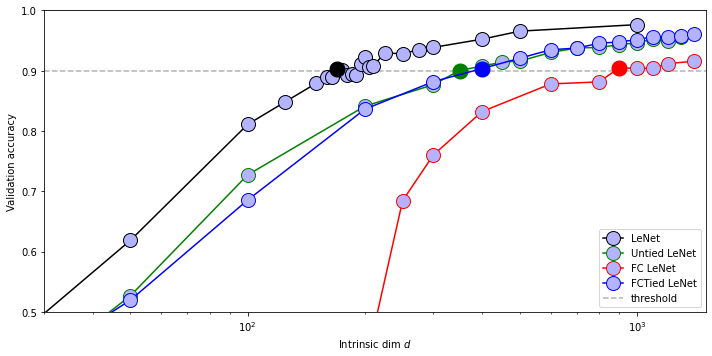The Fast Johnson-Lindenstrauss Transform is Even Faster
The seminal Fast Johnson-Lindenstrauss (Fast JL) transform by Ailon and Chazelle (SICOMP'09) embeds a set of $n$ points in $d$-dimensional Euclidean space into optimal $k=O(\varepsilon^{-2} \ln n)$ dimensions, while preserving all pairwise distances to within a factor $(1 \pm \varepsilon)$. The Fast JL transform supports computing the embedding of a data point in $O(d \ln d +k \ln^2 n)$ time, where the $d \ln d$ term comes from multiplication with a $d \times d$ Hadamard matrix and the $k \ln^2 n$ term comes from multiplication with a sparse $k \times d$ matrix. Despite the Fast JL transform being more than a decade old, it is one of the fastest dimensionality reduction techniques for many tradeoffs between $\varepsilon, d$ and $n$. In this work, we give a surprising new analysis of the Fast JL transform, showing that the $k \ln^2 n$ term in the embedding time can be improved to $(k \ln^2 n)/\alpha$ for an $\alpha = \Omega(\min\{\varepsilon^{-1}\ln(1/\varepsilon), \ln n\})$. The improvement follows by using an even sparser matrix. We also complement our improved analysis with a lower bound showing that our new analysis is in fact tight.
PDF Abstract

